
 Instagram
Instagram
What are Signs of Low Cholesterol on the Face?
.png?v=1674056666382)
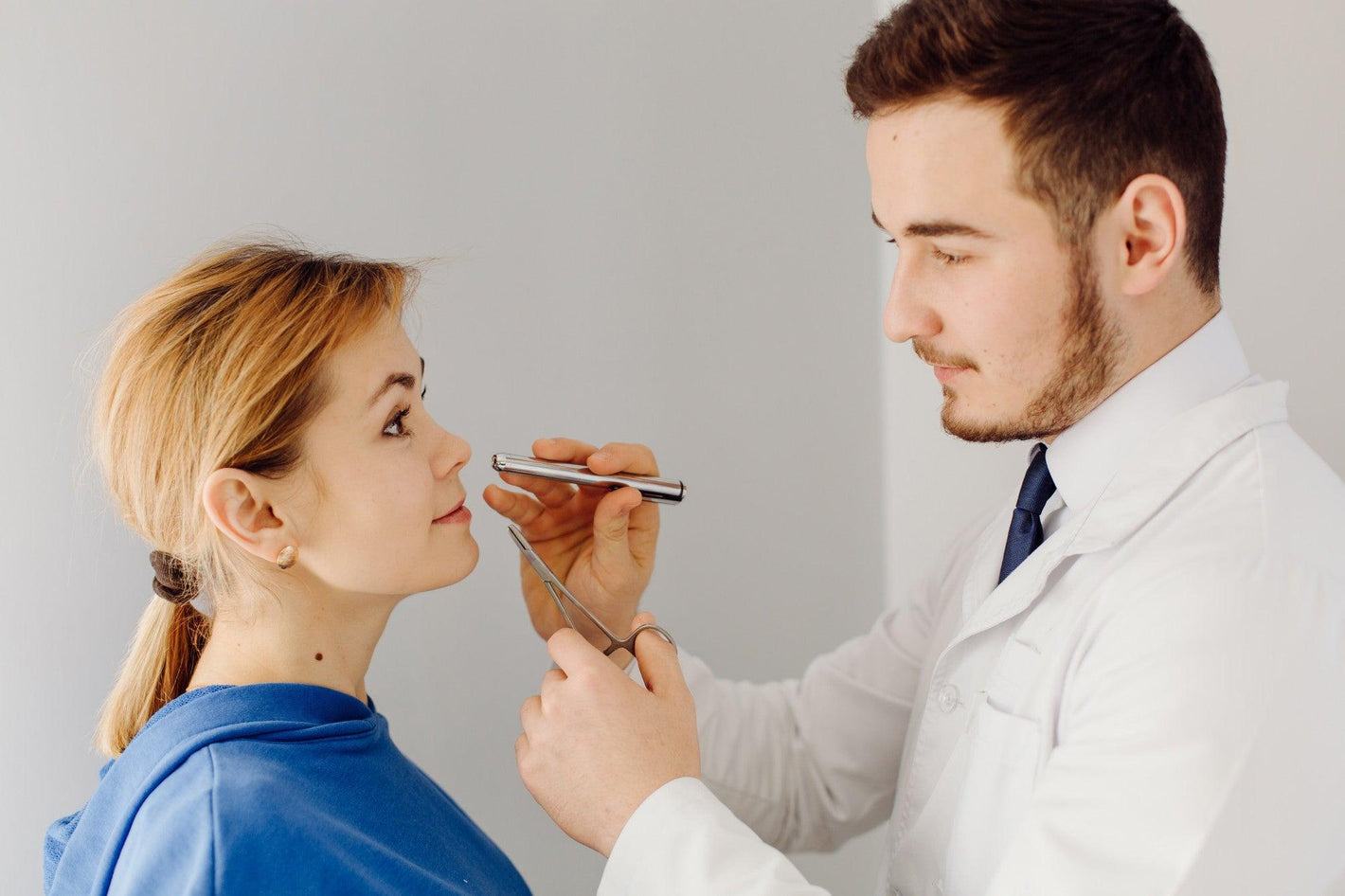
Related products
Cholesterol is used to make hormones. It's a waxy, colourless solid that does not dissolve in water. The body needs cholesterol to create cell membranes, make vitamin D and testosterone, and produce bile acids that aid digestion. The liver makes this type of fat and helps to keep your blood vessels healthy. People with high cholesterol levels can develop serious health problems like heart disease or stroke. Low cholesterol levels can also cause health problems, but they are less common than high cholesterol.
What are the physical signs of cholesterol on the face?
Signs of high cholesterol on the face include:
-
A red or purple-coloured rash on the cheeks and nose
-
A bumpy skin texture that may look like tiny blood vessels are visible under your skin
-
Small, dark bumps called spider angiomas (also known as cherry haemangiomas) that appear on the face, neck, and shoulders
-
Yellow fatty deposits on the eyelids - If you have high cholesterol, you may notice yellowish bumps on your eyelids. For example, if you rub the area around your eyes and see a rough texture or discolouration, this is likely due to fatty deposits under the skin. These deposits are called xanthelasma and are caused by an excess of bad cholesterol (LDL) in the body.
-
Grey ring around the cornea - The ring usually appears as a small circle at first. Still, it expands over time because blood vessels get clogged with LDL from hardened plaque in atherosclerosis.
Sometimes, the blood vessels in our eyes are affected when cholesterol levels in the body get too high, which can cause vision problems or even blindness.
Signs of low cholesterol on your face
-
Bruising under one eyelid.
-
Redness around one or both eyes
If you notice these symptoms, you may want to speak with an optometrist about having some tests done so that they can determine whether there's been any damage done by atherosclerosis before getting treatment options like medication pills, depending on whether they think they're necessary at all.
What is an average cholesterol level?
There are two types of cholesterol: LDL and HDL. The former is often called "bad" cholesterol because it can accumulate in your arteries and cause heart disease. The latter is often called "good" cholesterol since it helps remove LDL from the bloodstream. Doctors typically focus on total blood cholesterol levels, which include all forms of these fats. The ideal ratio of these two types of cholesterol is 3:1 or lower. Unfortunately, most people have an unfavourable ratio (usually between 5:1 and 10:1).
A normal cholesterol level is considered to be below 200 mg/dL. The exact range depends on the type of cholesterol test done. Still, most people have total cholesterol levels ranging from 150 to 200 mg/dL. We must check our cholesterol level regularly because it can change over time. It's also important to know your cholesterol levels, especially if they are high or low. We must be aware of our risk factors for heart disease and stroke. In the event that you have a history of stroke in your family or heart disease, your doctor may suggest you get checked more often than once every five years.
There are a few different procedures to get your cholesterol tested. The most common is the lipid profile, which measures total cholesterol, triglycerides, and HDL (high-density lipoprotein) cholesterol. The other two are the NMR LipoProfile and VAP (vertical auto profile).
-
A lipid profile is a blood test measuring your blood's cholesterol and other fat levels. It can help diagnose diseases related to high cholesterol, such as heart disease and stroke.
-
NMR LipoProfile measures the size and number of lipoprotein particles in your blood. It can help identify people at risk for cardiovascular disease, diabetes, and other conditions that may be related to abnormal lipid profiles.
-
VAP is a more advanced test than NMR LipoProfile. It measures the amount of cholesterol absorbed into your red blood cells after eating a fatty meal. This can help your doctor predict whether medications are working effectively or if lifestyle changes are needed.
Read more: HDL the god cholesterol.
High cholesterol
Cholesterol can accumulate on artery walls and in other body parts, such as the skin and eyes. Deposits of cholesterol can make it harder for blood to flow normally through narrowed passageways (known as atherosclerosis). When this occurs inside blood vessels leading to the brain or eye, it's called carotid artery disease or macular degeneration respectively.
Suppose your cholesterol levels are too high, and you're not doing anything about it. In that case, there could be severe consequences for your health. Too much cholesterol can predispose you to a stroke or heart attack by up to 50%. Left untreated can also lead to serious medical conditions such as atherosclerosis. When this happens, the arteries lose their flexibility due to a buildup of plaque that restricts blood flow.
Measure your triglycerides, LDL and HDL using this test.
Other signs of very high levels of LDL cholesterol in their body:
-
Xanthomas are fatty deposits that accumulate under the skin and can be yellow, brown, or black. They can occur on the back of the hands, forearms, and legs. If a person has too much low-density lipoprotein (LDL) cholesterol, fatty deposits can accumulate under the skin and cause an inflammatory reaction.
-
Acanthosis nigricans is another condition associated with high LDL cholesterol levels. It causes dark patches of skin to develop in places that become thicker than normal. This condition occurs when too many cells try to make new blood vessels, typically an autoimmune response triggered by inflammation elsewhere in your body.
Read more: High cholesterol, symptoms, causes and levels.

What are the complications of high LDL?
High LDL cholesterol levels are a significant risk factor for heart disease. They're also associated with an increased risk of developing peripheral vascular disease, atherosclerosis (hardening of the arteries), and stroke. The higher your LDL level, the more likely you will develop cardiovascular problems.
Cholesterol embolization syndrome (CES) is another complication of high cholesterol. It is a rare but severe condition when cholesterol deposits in the bloodstream break off and travel to other body parts. The cholesterol can block blood flow through tiny vessels in the brain or eye. This can cause symptoms such as blurred vision, sudden pain in one side of the face, dizziness, and nausea.
Low cholesterol level
Low cholesterol is generally a good thing. But if your levels drop too low, it can cause several health problems. Very low cholesterol can affect your body in other ways. It may:
-
Increase your risk of developing osteoporosis (brittle bones)
-
Increase the risk of certain cancers, including lymphoma and breast cancer
-
Increase your risk of developing a type of skin cancer called non-melanoma skin cancer
-
Affect your ability to fight off infections and diseases like pneumonia, influenza, and shingles
Cholesterol is also vital for your skin's health. It helps to make the membranes of your skin cells flexible and robust, which allows them to hold water in and keep out germs. Having too little cholesterol in your body can cause dry skin and wrinkles. It also makes your hair thin, brittle, and more likely to fall out.
Very level cholesterol can cause the following warning signs:
-
Fatigue
-
Mood changes (depression, anxiety)
-
Muscle aches and pains
-
Nausea or vomiting
-
Headaches
Many things can cause low cholesterol, including:
-
An unhealthy diet
-
A diet that is high in carbohydrates or protein and low in fat
-
Eating excessive saturated fat or trans fats
-
-
A problem with the liver, such as hepatitis or cirrhosis (scarring and hardening of the liver)
-
Hepatitis B or C (liver infections)
-
Cirrhosis
-
Low thyroid function
-
Certain medications, including statins and some birth control pills
-
Diabetes
-
Not getting enough physical activity
-
Smoking
-
Drinking alcohol in an excessive amount
-
Stress
Very low cholesterol can be prevented by:
-
Eating a healthy, balanced diet rich in fibre and low in saturated fats and cholesterol
-
Eating foods high in omega-3 fatty acids, such as walnuts salmon
-
Getting enough regular exercise
-
Taking steps to reduce stress
Find medications and treatments for cholesterol at Welzo.
How to manage cholesterol levels?
Most doctors recommend lifestyle changes to manage cholesterol. These include eating a healthy diet and being physically active. You can also make other changes that may lower your risk of heart disease, such as quitting smoking, getting enough sleep, and reducing stress. Lifestyle changes may be enough to decrease or increase your cholesterol to a healthy level. If lifestyle changes don't work, your doctor may recommend medications.
Read more: How to manage cholesterol naturally.
The takeaway
Cholesterol is necessary for the proper functioning of your body. It plays a role in cell membranes, hormone production, and the creation of vitamin D. However, too much and too low cholesterol can be problematic. Being physically active and eating a healthy diet can help you maintain a healthy cholesterol level. You should also regularly see a healthcare professional for cholesterol testing, so you can detect any problems early on before they become significant issues.
Use this test to measure your triglycerides, LDL and HDL.
Find treatment for cholesterol here.


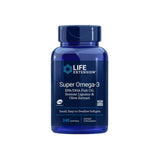
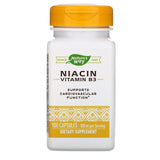
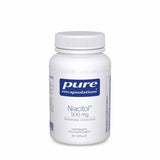


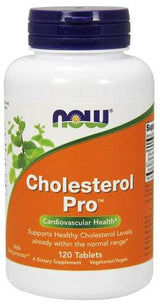
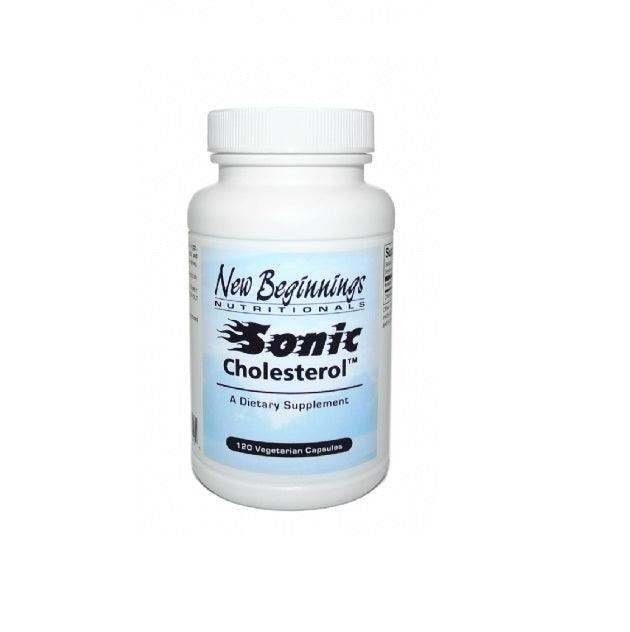
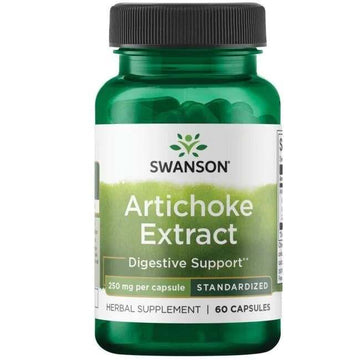
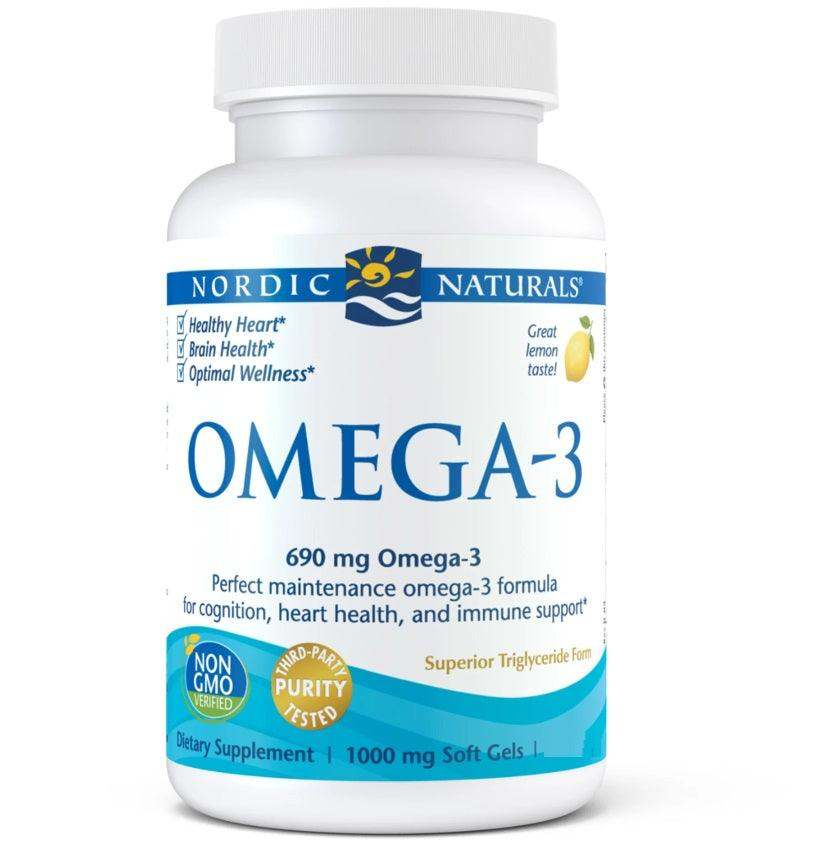



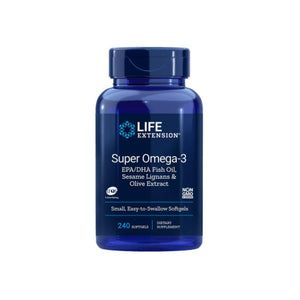
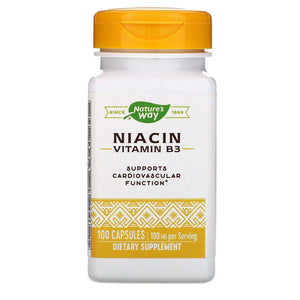
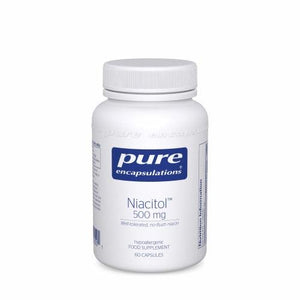


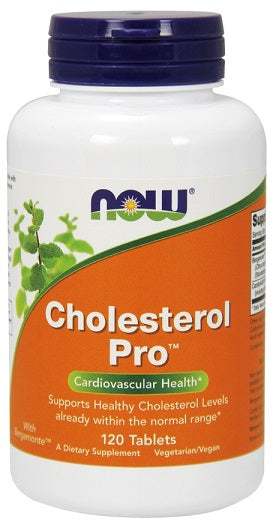

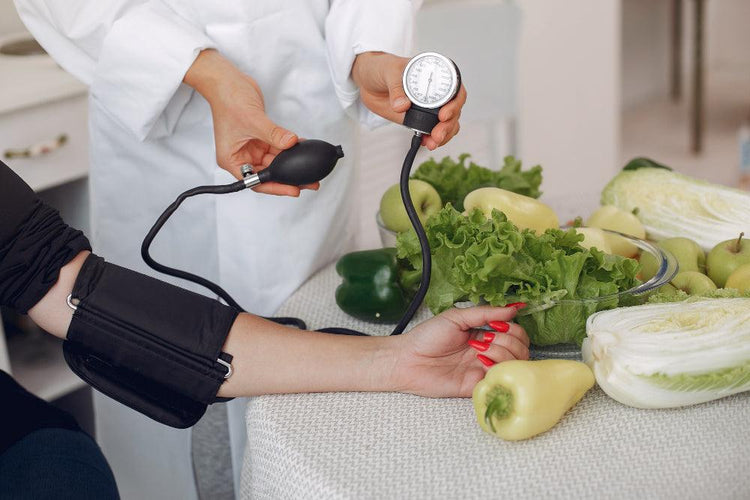


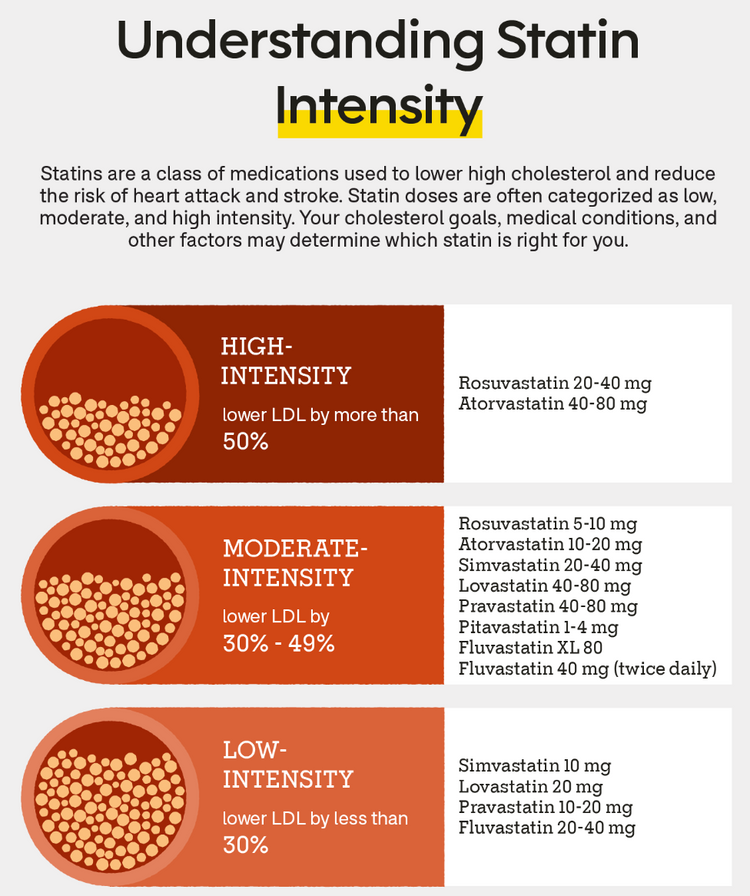

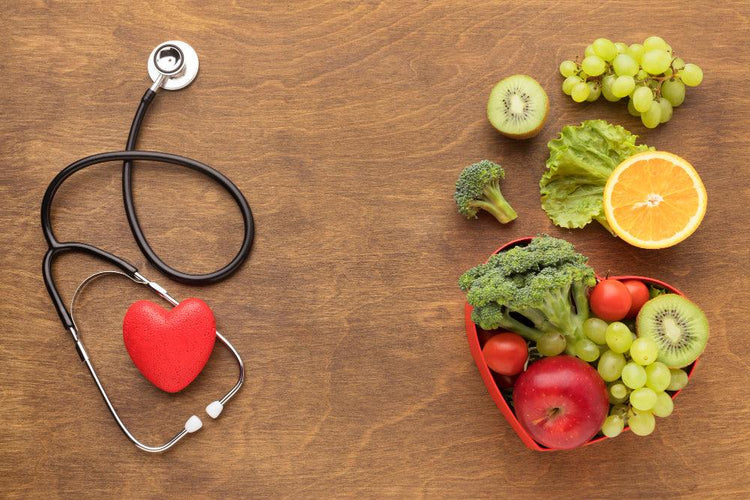


 Rated Excellent by 26,523+ Reviews
Rated Excellent by 26,523+ Reviews